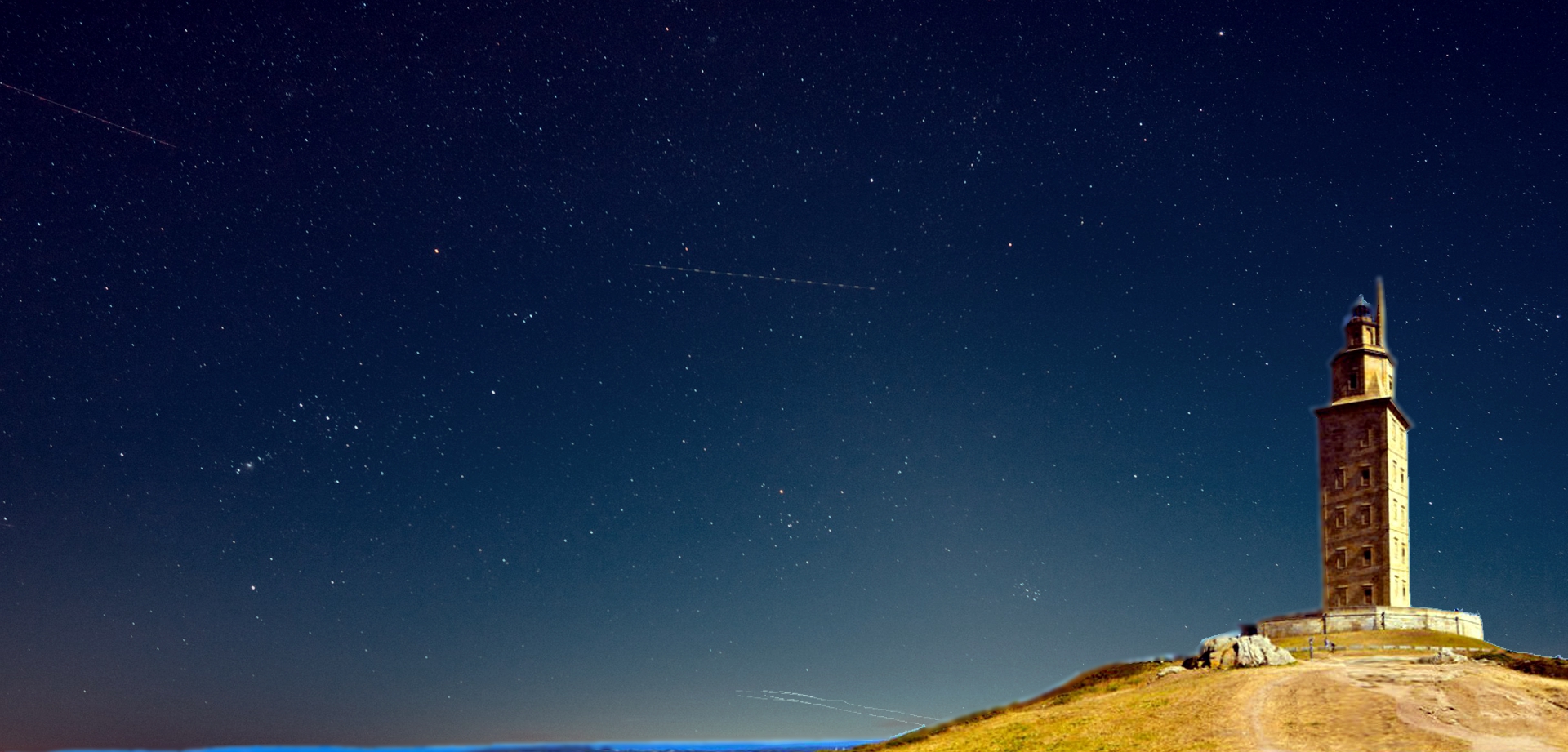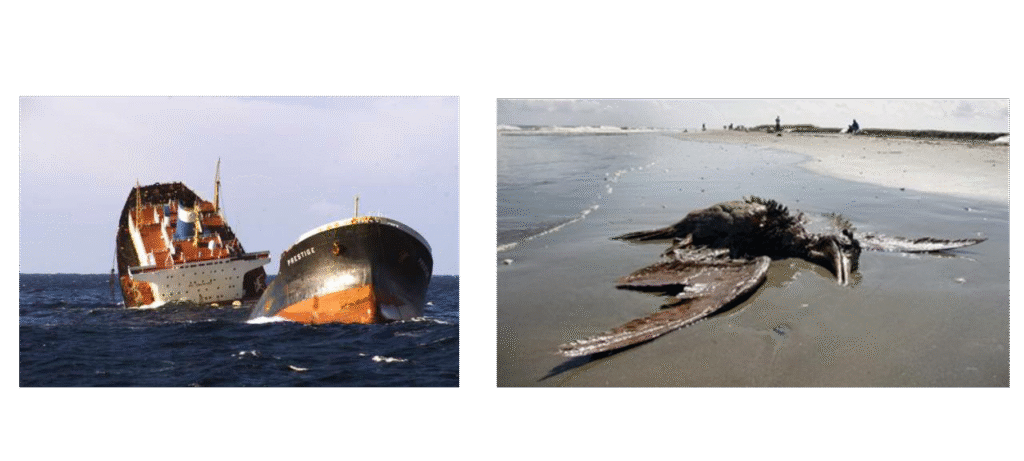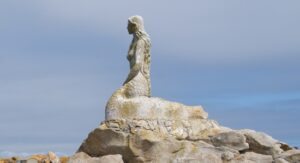
The Cíes Atlantic Islands: Nature as Mirror, Development as Question

Cíes as a mirror of what Galicia could become
(2002)
The Cíes Atlantic Islands are more than a landscape of exceptional beauty. For me, they are a symbolic point of origin—a crucible where the deepest questions of my life’s work took form. In the early 2000s, as a student of industrial engineering in Vigo, I found myself standing at the crossroads between two radically different worldviews: the techno-industrial paradigm I was learning in university, and the ancient, embodied understanding of nature and technique I encountered outside the classroom.
Between 2000 and 2002, I came to realize something that has remained at the core of all my work since: techno-industrial development is not neutral. It shapes culture, value systems, and even human psychology—yet modern society still clings to the illusion that our values exist independently of the systems we build and the technologies we deploy. This insight wasn’t theoretical. It came from real encounters with people whose work still held a deep operative—almost alchemical—connection to nature.
Among them were individuals connected to the historical La Toja soap factory, where I discovered a kind of “living craft” that bridged the pre-modern and the modern worlds. My experience reminded me of Charlie and the Chocolate Factory—only here the magic was real, and it wasn’t for show. Some of these people inspired my novel The Soul of the Sea, and their approach to matter was not passive or mechanical, but exposed some creative, sensory, and respectful features I presented in SEMF 2024. They saw technique not as domination over matter but as a collaboration with it—a perspective long dismissed by the materialist assumptions of modern science. I later called this perspective the Operative Tradition.
But by then, this worldview was already fading. The rise of global corporations and hyperconsumerism was changing Galicia’s psyche. And then came the event that made this loss tragically visible: the 2002 Prestige oil spill.

The ecological catastrophe blackened the waters, rocks, and beaches of Galicia—including the once-pristine Cíes Islands. But it also blackened something deeper: the spiritual bond between the Galician people and their land. What had once been an intuitive connection between identity, territory, and craft was dissolving into bureaucratic paralysis and systemic confusion. The response by regional authorities like the Xunta de Galicia revealed not only logistical-administrational limitations but a deeper cultural fragility in the face of techno-industrial complexity. In essence, the event exposed the disintegration of responsibility—the inability to locate the human within technological systems.
Yet out of this darkness, a new light began to take shape.From the ruins of that disaster, I conceived a new project called Fondo Natural. On the surface, it was a conservation and development initiative. But its deeper purpose was cultural and psychological. “Fondo” means “fund” in Spanish—but for me, it referred above all to the foundations (fondo) of the human psyche. It proposed a radical shift in development models: either we continue down a path that demands the standardization of life for the sake of efficiency, or we reorient development to enhance human freedom and creativity.
The Fondo Natural project—envisioning a model of development where nature, culture, and technique walk together
This was not utopian. It was rooted in concrete experience and a clear question:
Do we want to build a world where nature and technique become soulless tools of production, or one where they are mirrors of who we are?
From 2003 to 2004, this vision gained surprising momentum. Influential figures linked to Caixa Galicia saw its potential, and a new conservationist movement emerged. Islands like Sálvora and Cortegada were purchased with the dream of turning natural sanctuaries into cultural mirrors—spaces that would reflect the collective soul of Galicia. The Cíes Islands were to be the crown jewel of this transformation. A symbol of unity, beauty, and an alternative future.
